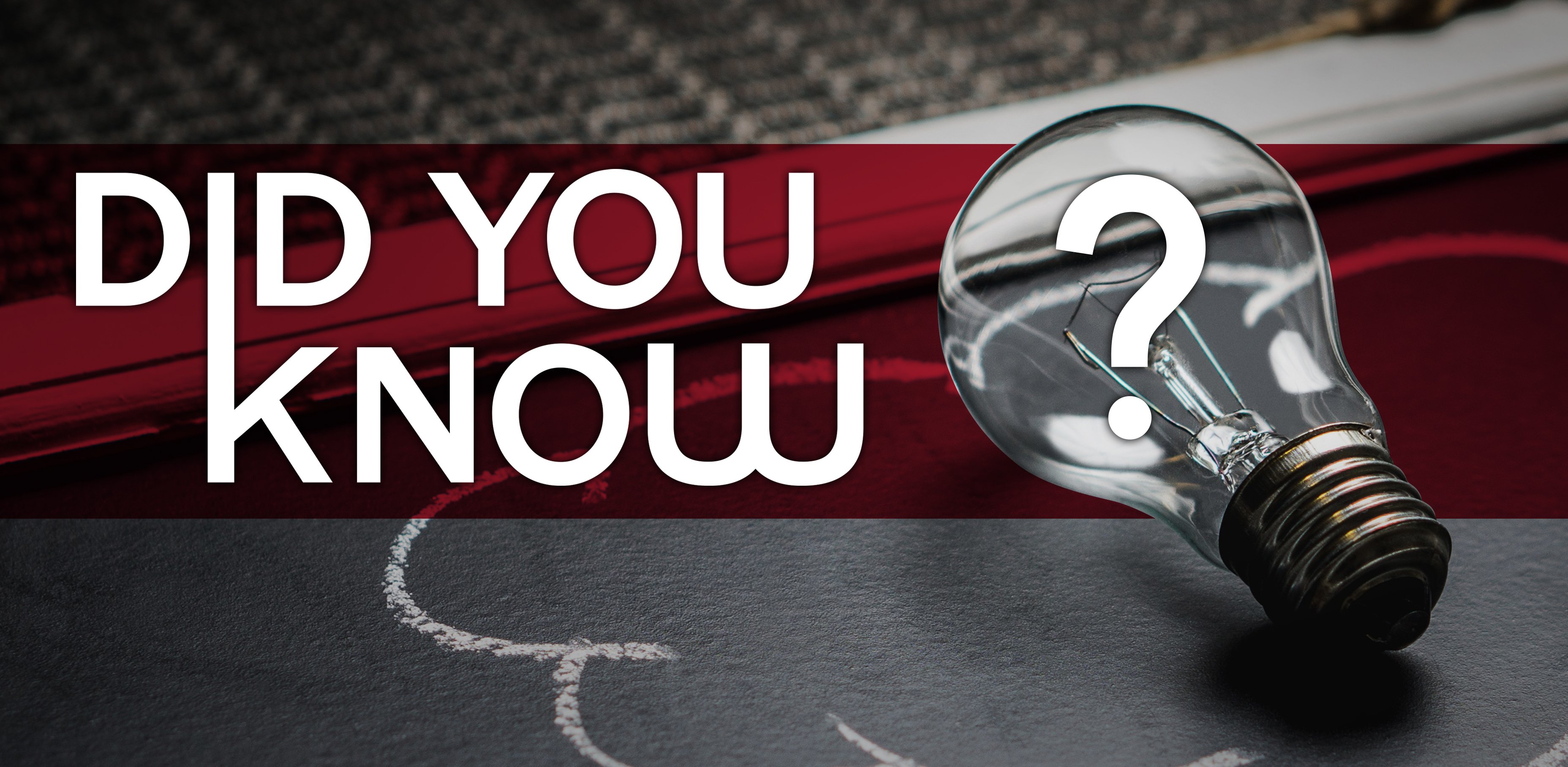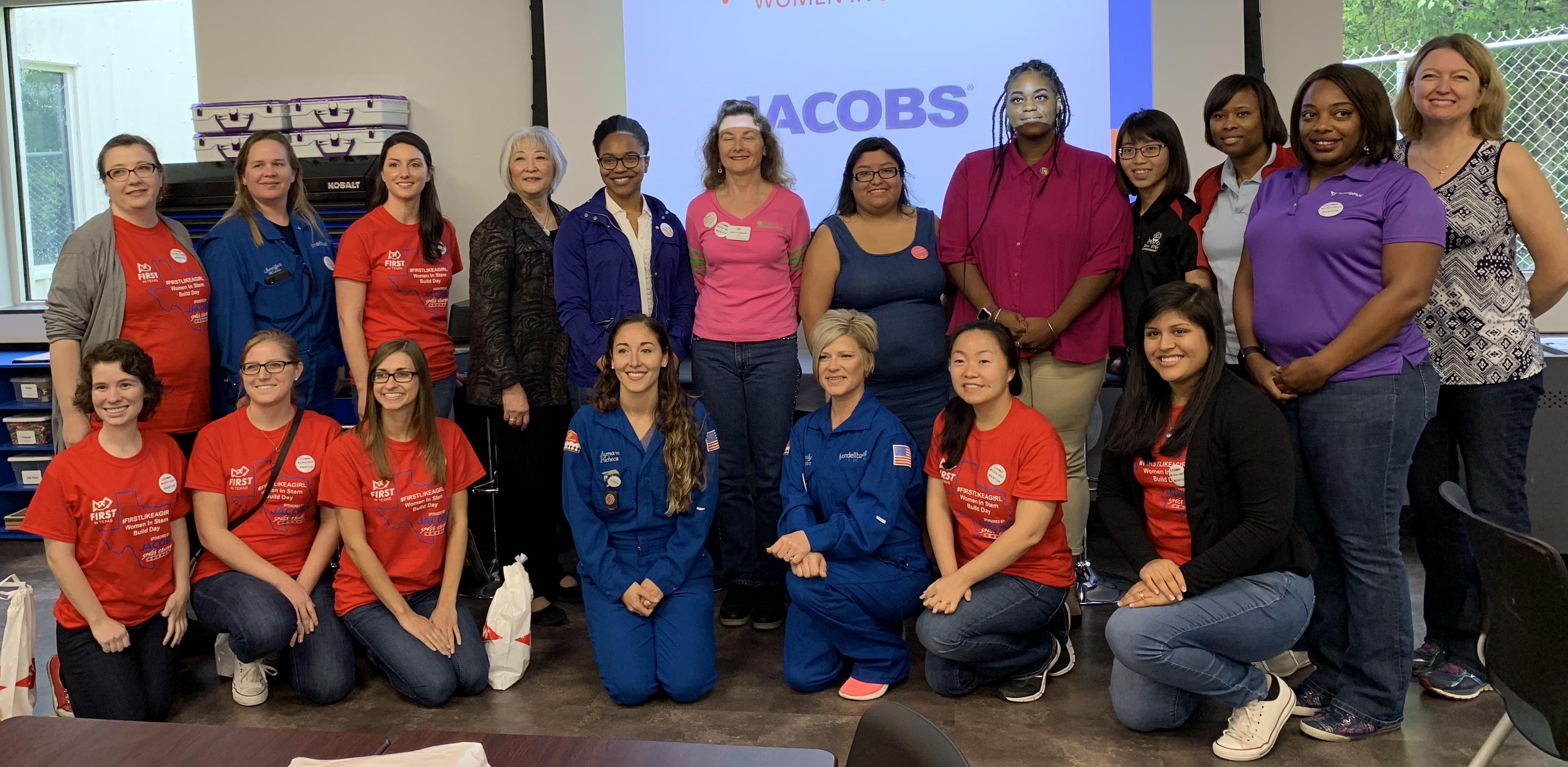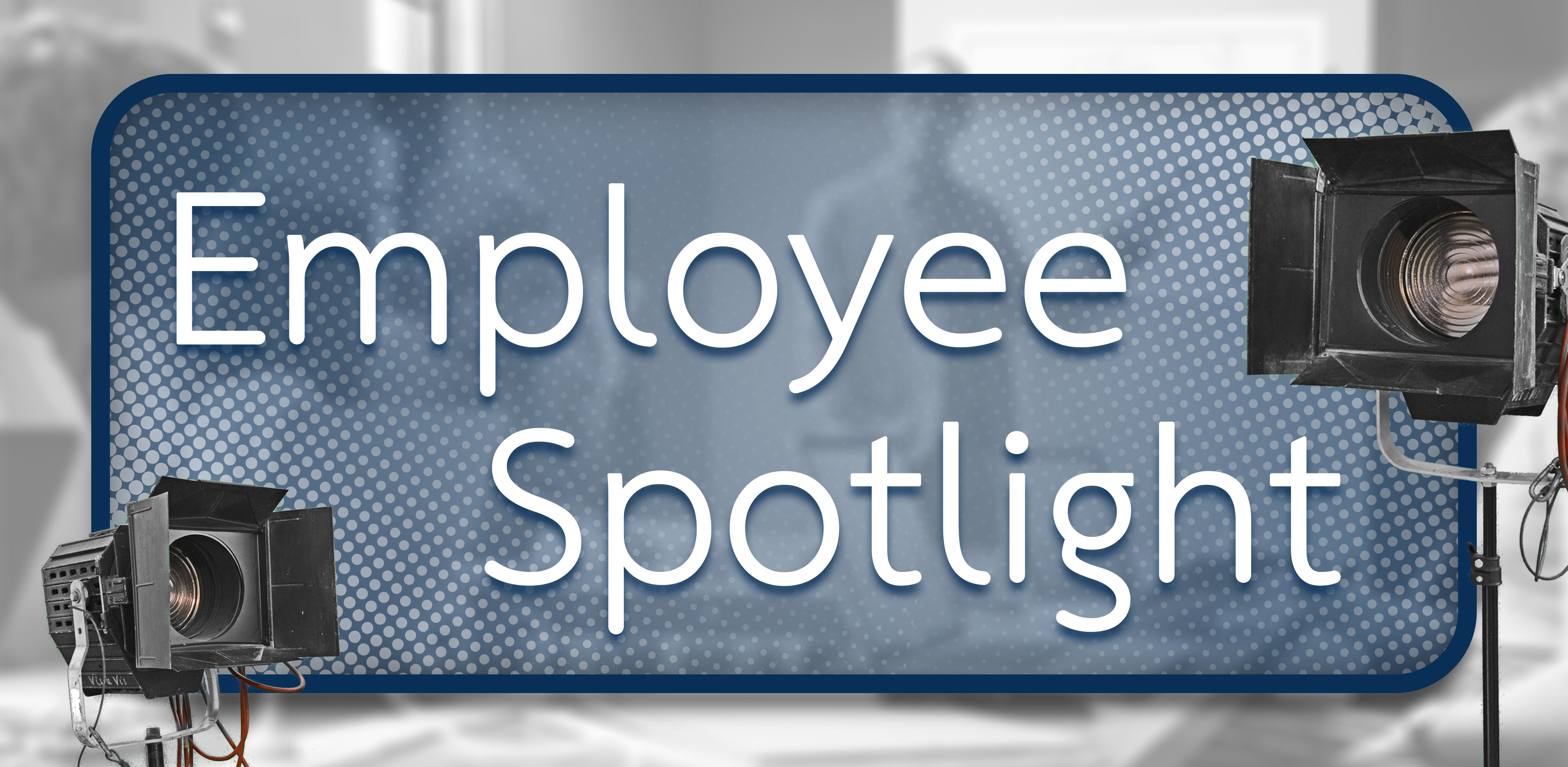Brandon Ring
Mr. Ring is a graduate of Texas Tech University with a degree in Advertising. From the day-to-day infrastructure to the far-reaching campaign execution, Mr. Ring installs high-functioning marketing departments. For over a decade Brandon has worked with corporate leaders to initiate and execute achievable, measurable marketing and branding goals. He is a champion to the firm's overall objectives and proficient in an uncommon variety of marketing skillsets.
Did you know, OSHA does not allow block valves on the inlet of relief valves installed on air receivers in compressed air systems?
OSHA CFR 1910.169(b)(3)(ii) states, “No valve of any type shall be placed between the air receiver and its safety valve or valves.”
Read More
Topics:
Did You Know?,
Pressure Relief Valves,
Detailed Engineering,
OSHA,
PRV,
Relief System Design,
Relief Header,
Set Pressure,
Exit Pipe Fitting
Did you know, relief devices that protect process pipe may be set to open above the piping design pressure?
Per ASME B31.3-2016, Sections 322.6.3. (see Figure 1) and 302.2.4 (f) (see Figure 2), a thermal relief valve may be set up to 120% of the design pressure of the protected system with the owner’s approval, as long as, the allowable accumulation criteria in 302.2.4.(f) are met. Set pressures lower than 120% of the design pressure may be required depending on the allowable accumulation pressures in 302.2.4 (f).
Read More
Topics:
Did You Know?,
Pressure Relief Valves,
Detailed Engineering,
PRV,
Relief System Design,
Relief Header,
Set Pressure,
Exit Pipe Fitting
"Great teamwork is the only way we create the breakthroughs that define our careers."
As we enter 2020, most of us have already taken a moment to reflect on last year's successes and failures. (At least on a personal level.) A somewhat painful and unavoidable exercise to help guide your decisions in the upcoming year.
However, how many have taken stock of our past decade's personal successes and failures?
If you haven't, quickly give it a shot right now.
Read More
Topics:
PSM Review,
Industry Compliance,
Compliance,
OSHA,
SIL Design,
SIS Design,
PSM Audit,
Regulatory Compliance,
Gap Assessment,
Relief System Design,
Relief Systems Revalidation,
Relief Valve Mitigation,
Relief Header,
Flare Header Analysis,
Allowable Backpressure,
Spring Loaded Valves,
CAPEX,
Disposal System Design,
Dynamic System Modelling
Todd Mission Volunteer Fire Department Appreciation Lunch:
In June of 2019, Smith & Burgess coordinated an appreciation lunch for the City of Todd Mission’s Volunteer Fire Department at their station. Located in Grimes County and immediately next door to the area’s highly-popular Renaissance Festival, the City’s fire department covers 30 square miles and approximately 6,000 residents.
Read More
Topics:
Smith & Burgess News
Smith & Burgess representing at the 2019 Hydrocarbon Processing Awards
In late September, Smith & Burgess was honored to be listed as finalists in three categories at the 2019 Hydrocarbon Processing Awards.
Read More
Topics:
Smith & Burgess News
We are excited to announce Mr. John Burgess will be presenting "The Unintended Consequences of Relief Device Pipe Modification" at tomorrow's REMBE's Safety Conference.
REMBE® Process Safety Days is a two-day networking event with highly topical presentations, live demonstration and an extraordinary evening event. It is dedicated to engineers, planners, operators, technicians, maintainer, safety inspectors, technical experts and inspection personnel in supervising organisations.
Read More
Topics:
PSM Review,
PSM Audit,
Regulatory Compliance,
Gap Assessment,
Relief System Design,
Relief Systems Revalidation
Actively supporting the Society of Women Engineers:
To celebrate Smith & Burgess’ support of “International Women in Engineering Day,” we are proud to announce Ms. Jill Bohnet as the winner of our first annual “Smith & Burgess: Process Safety Scholarship Award.”
Read More
Topics:
Smith & Burgess News
Establishing and maintaining an effective safety culture is a symphony of challenges and moving pieces.
Too often, those responsible engineers are stretched thin with competing priorities. Smith & Burgess is here to help. Our culmination of Process Safety knowledge enables us to quickly provide our clients with practical solutions that lead to compliance, significant cost-savings, and of course, peak facility safety.
Read More
Topics:
PSM Review,
Industry Compliance,
Compliance,
OSHA,
SIL Design,
SIS Design,
PSM Audit,
Regulatory Compliance,
Gap Assessment,
Relief System Design,
Relief Systems Revalidation,
Relief Valve Mitigation,
Relief Header,
Flare Header Analysis,
Allowable Backpressure,
Spring Loaded Valves,
CAPEX,
Disposal System Design,
Dynamic System Modelling
Pressure relief systems and devices are used to prevent equipment and pipework from over-pressurization which can lead to mechanical failure and associated release of containment.
In order to function correctly, relief systems need to be properly designed to recognized standards, correctly installed and properly maintained. Changes to associated plant and pipework also need to be appropriately managed; often, seemingly unrelated changes can have an impact on the relief case of the system and render it incapable of protecting the system as designed. This is seen particularly on older plants with poor change management history.
The following list provides some details on the areas you should focus on when improving the quality of your Relief Validation Study.
Read More
Topics:
Process Safety Optimization,
Engineering Review,
Engineering Analysis,
Relief System Design,
Relief Systems Revalidation
Smith & Burgess is excited to announce our recent partnership with the Houston Chapter of "Society of Women Engineers."
The Society of Women Engineers, also known as SWE, is an inclusive organization focused on issues of interest to women specializing in engineering and technical careers. The SWE Houston Area Chapter is the fourth largest chapter in the Nation with almost 700 members.
Like many professional engineering organizations, Smith & Burgess has benefited from the recent increase in female engineers in today's marketplace. With the addition of 10 new hires in 2018, Smith & Burgess' female engineers now represent 35% of our total engineering staff – an increase of over 40% since January of 2016.
Read More
Topics:
Smith & Burgess News
Ms. Amanda Mueller | Process Safety Consultant
Ms. Mueller is a graduate from the University of Missouri with a degree in Chemical Engineering. She has extensive experience with Relief Systems and Flare Design projects. Over the past three years, Amanda has been an invaluable addition to Smith & Burgess' engineering staff and consistently exhibits the firm's dedication to quality process safety management.
Read More
Topics:
Smith & Burgess News,
Relief System Design,
Relief Valve Mitigation,
Mitigation,
Flare Header Analysis,
Employee Spotlight
Mr. Jason Spearow, P.E. | Senior Process Consultant
Mr. Spearow is a degreed professional chemical engineer, with over ten years in Process Safety Management, specializing in Relief Systems and Flare Design and Concern Resolution. Jason provides comprehensive relief systems expertise to efficiently solve a client's need in the most cost-effective and safe manner.
Jason has led over 30 domestic and global projects for Upstream and Downstream Oil & Gas Operators and Chemical Manufacturing facilities. Jason is also an experienced trainer responsible for new-hire onboarding and teaches the Relief Systems Design Course offered by Smith & Burgess.
Read More
Topics:
Smith & Burgess News,
Relief Systems Design Training,
Employee Spotlight
Did you know, When performing a flare header analysis, it is not uncommon to find pressure vessels that ride on the flare, i.e. they have an open path to the flare header?
These vessels are often degassing drums, maintenance knock out drums, or other similar equipment. While there are practically never any relief loads from these equipment contributing to the global scenarios we typically evaluate, it is still important to ensure that the pressure in the drum does not exceed the code allowable accumulation.
Read More
Topics:
Did You Know?,
Pressure Relief Valves,
Flare Header,
PRV,
Relief Header,
Flare Header Analysis
Mr. Nicholas Cristea | Technical Lead
Mr. Cristea is a detail oriented Master-degreed chemical engineer specializing in Process Safety Management, with the main focus in Relief Systems Analysis and Documentation. He is a practical problem solver who makes quick, accurate decisions to efficiently solve a client's need in the most cost-effective and safe manner.
Nick has led over 20 domestic and global projects in Tier 1 Upstream and Downstream, Upstream Oil & Gas Operators, and Chemical Manufacturing Facilities with a total direct project revenue of over $10 million and savings generated in the region of $70 million.
Read More
Topics:
Smith & Burgess News,
Employee Spotlight
Did you know, under certain circumstances, you need to verify if the Cold Differential Test Pressure (CDTP) is properly compensated for the superimposed backpressure from the flare header?
Have you come across a conventional pressure relief valve relieving to a flare header? Did you know that, under certain circumstances, you need to verify if the Cold Differential Test Pressure (CDTP) is properly compensated for the superimposed backpressure from the flare header?
Read More
Topics:
Did You Know?,
Pressure Relief Valves,
Flare Header,
API 521,
PRV,
Cold Differential Test Pressure,
CDTP,
Relief Header,
Set Pressure
Did you know, a relief device in liquid service does not always mean that the device is liquid-certified?
Liquid-certified devices are mechanically designed and sized by an engineer to relieve liquid. Per UG-125 of ASME Section VIII, "Vessels that are to operate completely filled with liquid shall be equipped with pressure relief devices designed for liquid service, unless otherwise protected against overpressure."
Read More
Topics:
Did You Know?,
Pressure Relief Valves,
API 521,
PRV,
Liquid Service PSV










